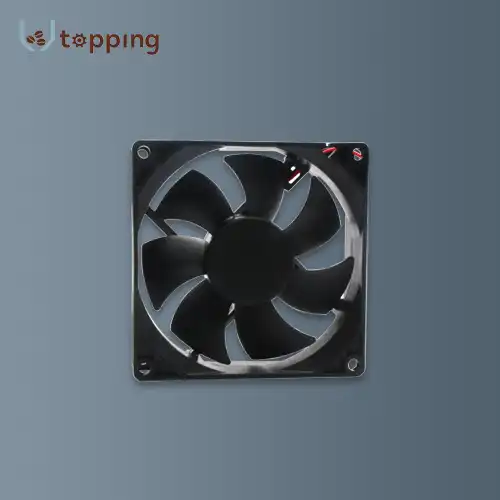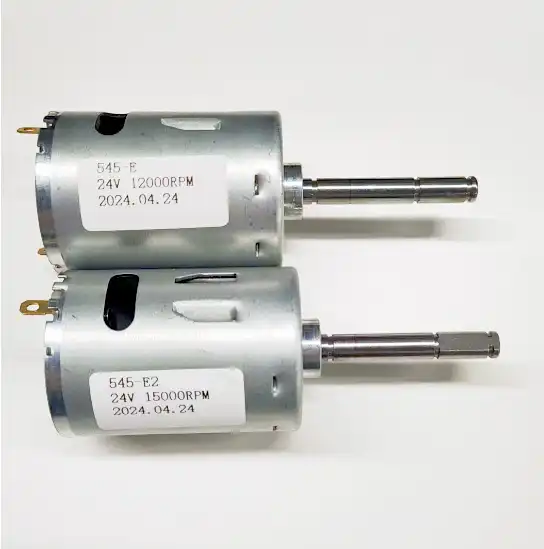What size sieve for removing fines from coffee?
2024-09-26 17:51:08
1. Introduction
Coffee fines are tiny particles of ground coffee that are smaller than the intended grind size. These microscopic particles can significantly impact the quality of your brew, often leading to over-extraction and bitterness. Removing fines from your coffee grounds is crucial for achieving a balanced, flavorful cup of coffee. This process, known as sifting or sieving, involves using a specialized tool called a coffee sieve to separate the fines from the larger, more uniform particles.
The importance of removing fines cannot be overstated. These tiny particles extract much faster than larger grounds, contributing to inconsistent extraction and potentially ruining the carefully balanced flavors in your coffee. By removing fines, you can achieve a more even extraction, resulting in a cleaner, sweeter, and more balanced cup of coffee. This attention to detail is particularly important for brewing methods that are sensitive to grind consistency, such as pour-over and espresso.
2. Basics of Sieve
Coffee sieves come in various types and sizes, each designed to achieve specific results in the coffee sifting process. The two main parameters used to describe sieve sizes are hole size and mesh number. Hole size refers to the actual dimensions of the openings in the sieve, typically measured in micrometers (μm) or millimeters (mm). Mesh number, on the other hand, indicates the number of openings per linear inch of the sieve.
For coffee sifting, the most commonly used sieve sizes range from 200 to 1000 micrometers. A 200-micron sieve (approximately 70 mesh) is often used to remove the finest particles, while a 400-micron sieve (around 40 mesh) can separate medium-fine particles. For a more comprehensive sifting process, some coffee enthusiasts use a set of sieves with varying sizes to achieve precise particle distribution.
It's important to note that the ideal sieve size can vary depending on your brewing method and personal preference. For example, espresso typically requires a finer grind, so you might use a smaller sieve size to remove only the finest particles. For French press or cold brew, which use coarser grinds, a larger sieve size might be more appropriate.

3. Sieve Material
The material of the coffee sieve plays a crucial role in its durability, performance, and impact on the coffee. The most common materials used for coffee sieves are stainless steel, copper, and plastic, each with its own set of advantages and considerations.
Stainless steel is the most popular choice for coffee sieves due to its durability, resistance to corrosion, and ease of cleaning. It doesn't impart any flavors to the coffee and can withstand frequent use without degrading. Stainless steel sieves are also less likely to warp or deform over time, ensuring consistent performance.
Copper sieves, while less common, have gained popularity among some coffee enthusiasts. Copper is known for its antimicrobial properties, which can be beneficial in maintaining cleanliness. However, copper can react with acidic compounds in coffee, potentially affecting flavor over time. It also requires more careful maintenance to prevent tarnishing.
Plastic sieves are lightweight and cost-effective but may not offer the same durability as metal options. They can be prone to static buildup, which can cause fine coffee particles to cling to the sieve. However, some high-quality food-grade plastics can provide excellent performance while being gentler on delicate coffee particles.
4. Sieving Process
The coffee sieving process involves several steps to effectively remove fines and achieve a more uniform grind size. Here's a detailed look at the process:
Preparation: Start by grinding your coffee beans to your desired grind size. It's often recommended to grind slightly coarser than your target size, as the sieving process will remove the finer particles.
Sieving technique: Place the ground coffee in the sieve and gently shake it in a horizontal motion. Some coffee enthusiasts prefer to use a circular motion, while others find that tapping the sieve against a flat surface yields good results. The key is to use a consistent, gentle motion to avoid breaking down larger particles into fines.
Duration: The sieving process typically takes 30 seconds to 2 minutes, depending on the amount of coffee and the desired level of precision. It's important not to over-sieve, as this can lead to the loss of too many particles and affect the overall flavor profile.
Multiple sieving: For more precise results, some coffee enthusiasts use a stack of sieves with different mesh sizes. This allows for the separation of particles into specific size ranges, giving greater control over the final grind distribution.
Cleanup: After sieving, it's crucial to clean the sieve thoroughly to prevent flavor contamination in future use. Rinse the sieve with warm water and use a soft brush to remove any trapped particles. Avoid using soap, as it can leave residues that may affect coffee flavor.
5. Effect of Sieving on Coffee Quality
Sieving coffee grounds can have a significant impact on the final quality and flavor of your brew. By removing fines, you can achieve a more uniform extraction, leading to a cleaner, more balanced cup of coffee. Here's a closer look at the effects of sieving on coffee quality:
Improved clarity: Removing fines results in a clearer cup of coffee with less sediment. This is particularly noticeable in brewing methods like pour-over and French press, where the absence of fines leads to a cleaner mouthfeel and more distinct flavor notes.
Enhanced sweetness: Fines tend to over-extract quickly, contributing to bitterness in the cup. By removing these particles, the resulting brew often exhibits enhanced sweetness and a more pleasant acidity.
More consistent extraction: A more uniform grind size leads to more even extraction across all particles. This consistency can help bring out the coffee's intended flavor profile more accurately.
Reduced bitterness: Over-extraction of fines is a common cause of bitterness in coffee. Sieving helps mitigate this issue, resulting in a smoother, less harsh flavor profile.
Improved brewing control: With a more uniform grind size, you have greater control over the brewing process. This allows for more precise adjustments to variables like brew time and water temperature to achieve your desired flavor profile.
It's worth noting that while sieving can significantly improve coffee quality, it also removes a portion of the coffee grounds. This means you may need to adjust your coffee-to-water ratio slightly to maintain the desired strength in your final brew.
6. Coffee Sieves Wholesale
For coffee shops, roasters, and other businesses looking to improve their coffee quality on a larger scale, sourcing high-quality coffee sieves in bulk can be a cost-effective solution. When choosing a coffee sieve manufacturer, it's crucial to consider factors such as the quality of materials used, precision of the mesh sizes, and overall durability of the sieves.
Topping Motor is a company that specializes in various coffee-related equipment, including coffee sieves. They pride themselves on using food-grade materials in their products, which is crucial for maintaining the purity and safety of the coffee. Their commitment to using food-grade silicone material for all O-rings demonstrates attention to detail and adherence to food safety standards.
When sourcing coffee sieves in bulk, it's important to consider the specific needs of your business. This might include factors such as the volume of coffee you process, the brewing methods you use, and any specific grind size requirements you have. A reputable manufacturer should be able to provide detailed specifications for their sieves, including precise mesh sizes and material composition.
For businesses interested in exploring coffee sieve options from Topping Motor, they welcome inquiries at sales@huan-tai.org. When contacting a manufacturer, be prepared to discuss your specific needs, including the volume of sieves required, desired mesh sizes, and any customization requirements you might have.
In conclusion, choosing the right size sieve for removing fines from coffee is a crucial step in optimizing coffee quality. By understanding the basics of sieve sizes, materials, and the sieving process, coffee professionals and enthusiasts can significantly improve the consistency and flavor of their brews. Whether you're a home user looking for a single sieve or a business seeking wholesale solutions, investing in quality coffee sieves can pay dividends in the form of superior coffee quality.
References
1. Rao, S. (2017). The Professional Barista's Handbook: An Expert Guide to Preparing Espresso, Coffee, and Tea. Scott Rao.
2. Hoffmann, J. (2018). The World Atlas of Coffee: From Beans to Brewing - Coffees Explored, Explained and Enjoyed. Mitchell Beazley.
3. Astm International. (2021). ASTM E11-20: Standard Specification for Woven Wire Test Sieve Cloth and Test Sieves. ASTM International.
4. Petracco, M. (2005). Our Everyday Cup of Coffee: The Chemistry behind Its Magic. Journal of Chemical Education, 82(8), 1161.
5. Corrochano, B. R., Melrose, J. R., Bentley, A. C., Fryer, P. J., & Bakalis, S. (2015). A new methodology to estimate the steady-state permeability of roast and ground coffee in packed beds. Journal of Food Engineering, 150, 106-116.
Send Inquiry
Related Industry Knowledge
- How do vending machines' Refrigeration Unit keep products fresh?
- What are the precautions for maintenance Control Board For Vending Machine under extreme temperatures?
- What Is a Single Boiler Coffee Machine?
- How Important Is the Motor Quality in a Coffee Grinder?
- What is a coffee brewing Unit Dimension ?
- Vending Machine Control Board Repair
- How does a Vending Machine Spiral Motor work?
- Coffee grounds sieve uses
- Coffee Sieve Sizes
- Coffee machine pump not working

.webp)
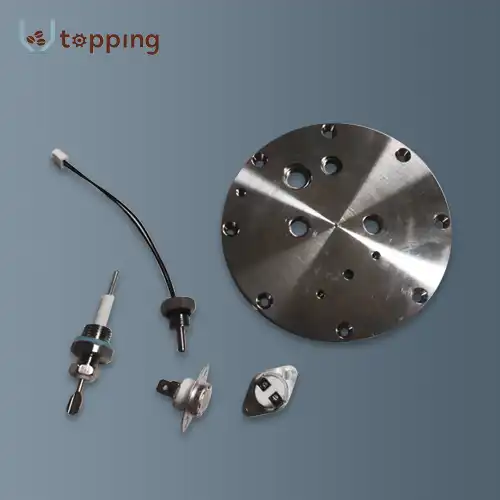
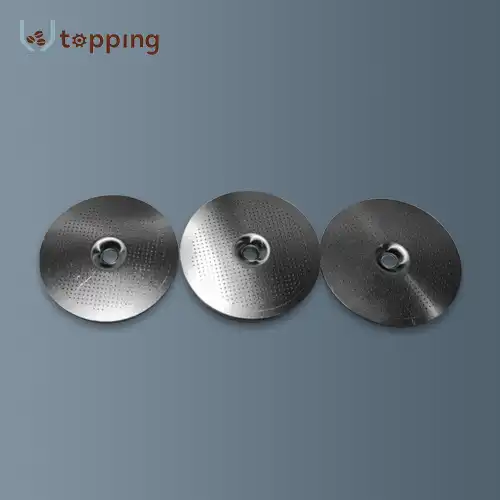
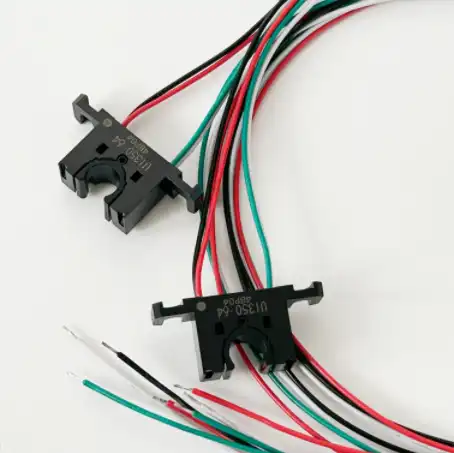
.webp)
